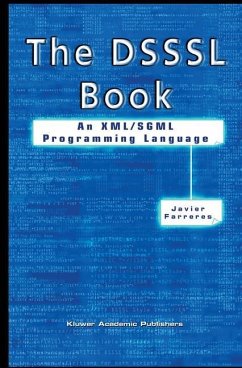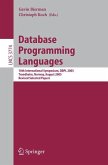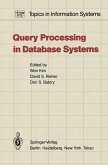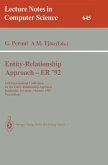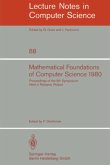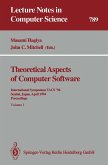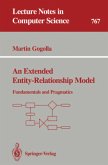DSSSL (Document Style Semantics and Specification Language) is an ISO standard (ISO/IEC 10179: 1996) published in the year 1996. DSSSL is a standard of the SGML family (Standard Generalized Markup Language, ISO 8879:1986), whose aim is to establish a processing model for SGML documents. For a good understanding of the SGML standard, many books exist including Author's guide[BryanI988] and The SGML handbook[GoldfarbI990]. A DSSSL document is an SGML document, written with the same rules that guide any SGML document. The structure of a DSSSL document is explained in Chapter 2. DSSSL is based, in part, on scheme, a standard functional programming language. The DSSSL subset of scheme along with the procedures supported by DSSSL are explained in Chapter 3. The DSSSL standard starts with the supposition of a pre-existing SGML document, and offers a series of processes that can be performed on it: - Groves The first process that is performed on an SGML document in DSSSL is always the analysis of the document and the creation of a grove. The DSSSL standard shares many common characteristics with another standard of the SGML family, HyTime (ISO/IEC 10744). These standards were developed in parallel, and their developers designed a common data model, the grove, that would support the processing needs of each standard.

